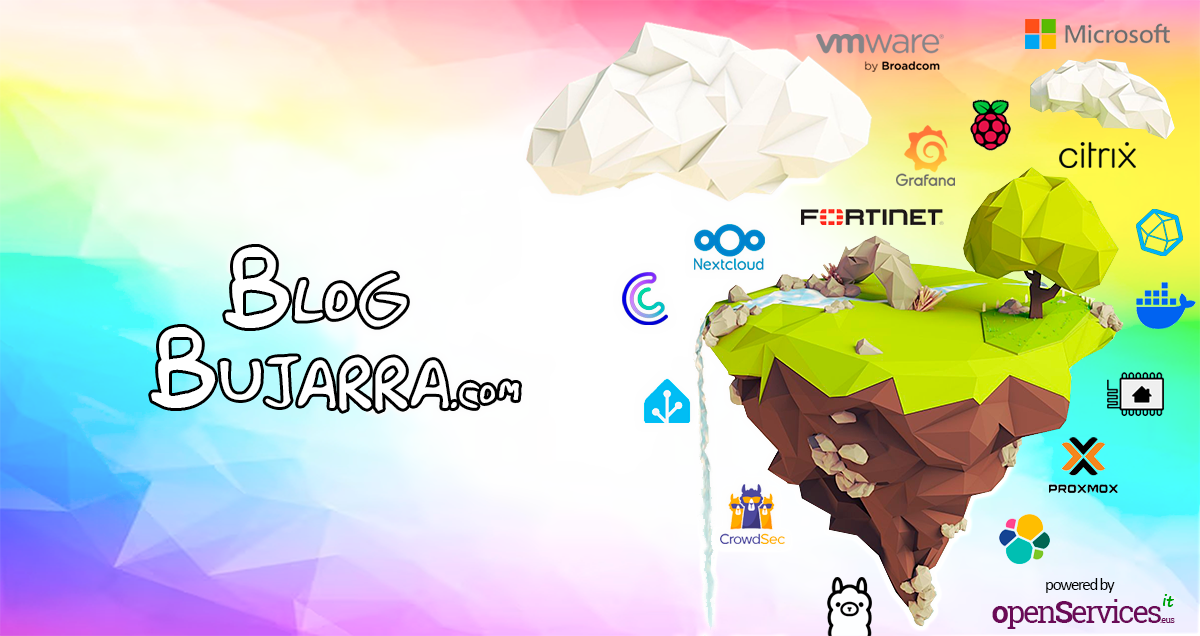Installing VMware ESX Server 3.5
This document will show the installation of an ESX server version 3.5, Designed solely and exclusively for system virtualization.

This document will show the installation of an ESX server version 3.5, Designed solely and exclusively for system virtualization.
This document will show how to upgrade an outdated version of ESX to the recent version 3.5 of ESX, Any of these versions could be perfectly upgradeable: ESX 2.1, ESX 2.1.1, ESX 2.1.2, ESX 2.5, ESX 2.5.1, ESX 2.5.2, ESX 2.5.3, ESX 2.5.4, ESX 2.5.5, ESX 3.0, ESX 3.0.1 or ESX 3.02.
This document shows how to enable the VMware Converter Enterprise plug-in. This extension that is installed in the VMware Infrastructure client will allow us to virtualize physical computers on the network through a simple wizard. Ideal for ESX server environments and we are migrating our company from physical to virtual environment.
This document will help us when we have to virtualize physical machines and they are resistant, This is, any machine that gives us problems virtualizing using the VMware Converter Enterprise or VMware Converter wizard. We will have to use VMware's ColdClone or cold cloning. To do this,, first you must get an ISO of the CD, or from the VMware website or from a download program. It is a version made with BartPE (WinPE).
This procedure explains how to virtualize a physical server or PC on a virtual machine so that you can work with VMWare images. I usually use it when I have to work on a physical server for a long time and not have to stop end users, or in case a server goes down, have an exact replica and be able to pick it up when you need it. It details how to install the VMWare Converter and how to make an exact copy of a computer (it could also be made from a LAN team) and the best thing is that it can be done hot, Without having to stop anyone. Then, the virtual machine will be turned on with VMWare Workstation (AKI Your Procedure).
This document briefly summarizes the commands that we have available to perform from an MSDOS console or configure them as scheduled tasks. To execute the commands we will do them from the executable “VMware-CMD” that we will have in the directory: “C:Program FilesVMwareVMware Server”.
Something normal in this world of virtualizations is that we are left with a small virtual HD and we need to expand it. So since it's the virtual world, it's easier than having to buy a bigger one, with a simple command we can expand our VMware virtual disks, VMDK.
Es la maquina virtual que prefiero, más que nada por que es la primera que conocí, pero no tiene la ventaja que tiene la de Microsoft (Virtual Server) que se puede instalar en un servidor dedicado a ello y que los PC’s se conecten a él para cargar sistemas operativos en maquinas virtuales remotas, consumiendo recursos (RAM y procesador) al servidor y no al PC donde se ejecuta. Of course, la desventaja es que cuando estamos fuera de la oficina no podríamos conectarnos… o si necesitamos una maquina virtual para nosotros es más incomodo hacerlo en un servidor remoto y es mejor en local… son dos herramientas iguales pero diferente forma de uso.
In this article, we'll look at how to mount an ESX on a VMWare VM, It's something unthinkable, since an ESX is intended to be a physical server that hosts virtual machines. We'll just see how to do it, we can use it for testing and for those who do not know what an ESX is like.
In this article, we'll look at how to mount a CAG on a VMWare VM, How We All Know a CAG – Citrix Access Gateway is a physical appliance, performs the same function as a CSG – Citrix Secure Gateway, but the latter is by software – HERE.